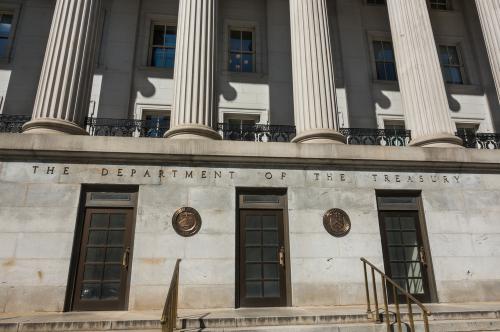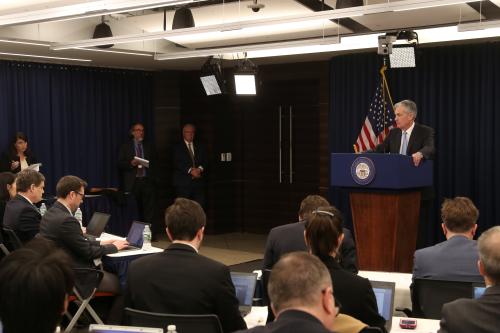SUMMARY
It is becoming increasingly clear that the $700 billion in TARP funds will not be sufficient to restore the US financial system to good health. The first portion, of $350 billion, appears only to have helped prevent a complete meltdown of our financial system, but has not averted significant further deterioration in recent months, particularly among the weaker or less well-managed banks. The new Administration and Congress soon will be debating how to spend the second $350 billion, and possibly the size of additional amounts to be committed.
While some portion of the second $350 billion clearly will be spent addressing the mortgage foreclosure problem, there is much greater uncertainty over what further measures should be taken to shore up the financial system. Three particular ideas have received a growing amount of attention: establishing a “bad bank”, guaranteeing toxic assets, and nationalizing one or more banks. This paper explains the three approaches and their major variations, with a discussion of the pros and cons.
The author recommends a combination of toxic asset guarantees and a mild form of nationalization, as this approach could both provide badly needed stability to the system and also could be tailored to the specific circumstances of different banks.
The Brookings Institution is committed to quality, independence, and impact.
We are supported by a diverse array of funders. In line with our values and policies, each Brookings publication represents the sole views of its author(s).



